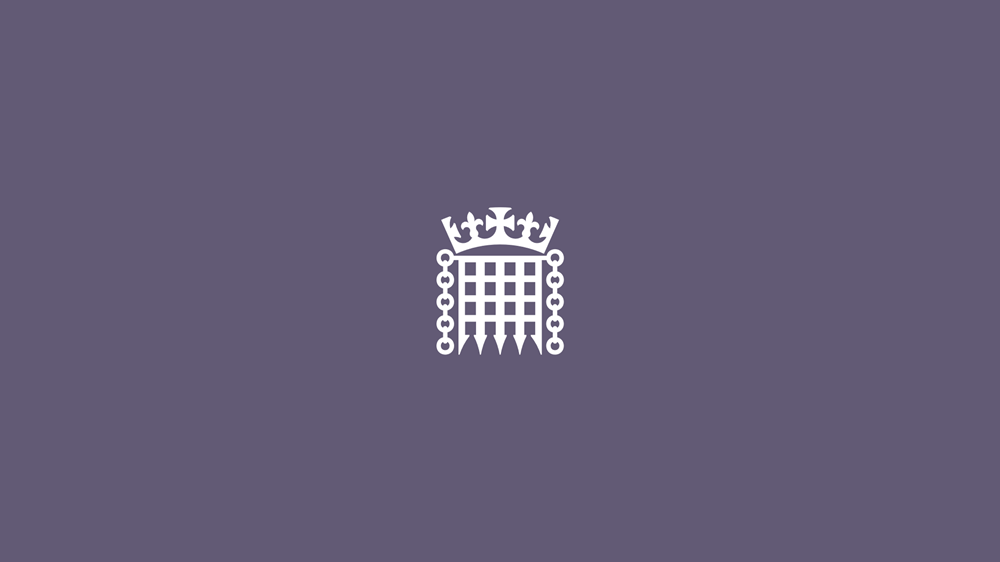Second reading of Public Bodies Bill
13 July 2011 (updated on 13 July 2011)
Minister for the Cabinet Office and Paymaster General, Francis Maude, introduced the second reading of the Public Bodies Bill in the House of Commons on Tuesday 12 July 2011
The Bill passed although an amendment tabled by the Opposition was negatived after a division (Ayes 231; Noes 307). The Bill will now be considered by a Public Bill Committee. Shadow Minister for the Cabinet Office, Tessa Jowell, responded on behalf of the Opposition
Watch and read the debate and the views expressed by MPs on Parliament TV and in Commons Hansard.
- Parliament TV: Public Bodies Bill, second reading
- Commons Hansard: Public Bodies Bill, second reading
Summary of the Public Bodies Bill [HL]
The Bill would allow Ministers, by order, to abolish, merge or transfer the functions of the public bodies listed in the appropriate schedules to the Act. The Bill has completed its passage through the House of Lords where it underwent significant amendment.
Keep up to date with all the proceedings and documentation on the Public Bodies Bill [HL]. Also find out how a Bill becomes an Act of Parliament.
Second reading
Second reading is the first opportunity for MPs to debate the main principles of the Bill. It usually takes place no sooner than two weekends after first reading.
What happens at second reading?
The Government minister, spokesperson or MP responsible for the Bill opens the second reading debate. The official Opposition spokesperson responds with their views on the Bill.
The debate continues with other Opposition parties and backbench MPs giving their opinions. At the end of the debate, the Commons decides whether the Bill should be given its second reading by voting, meaning it can proceed to the next stage.
What happens after second reading?
The Bill proceeds to committee stage and will be considered in a Public Bill Committee. Each clause (part) and any amendments (proposals for change) to the Bill may be debated.
